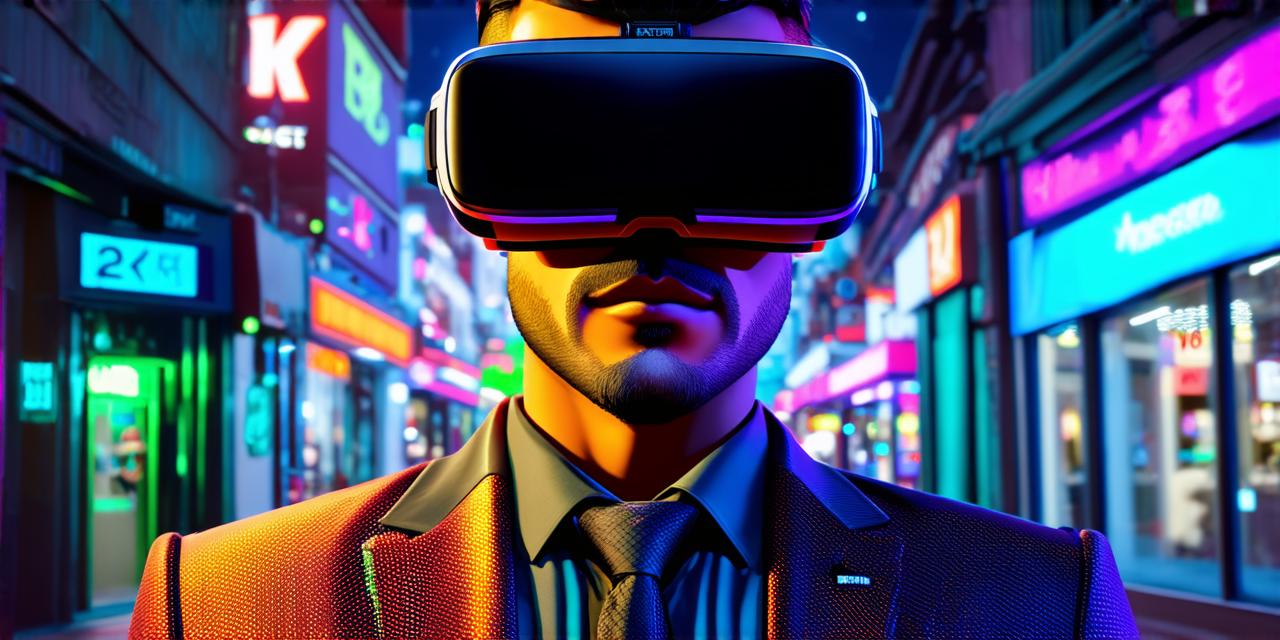
The metaverse is an ever-evolving virtual world that offers endless opportunities for businesses and individuals alike. With its growing popularity, it’s no surprise that many people are eager to establish their own shops in this digital space. In this comprehensive guide, we will explore the steps required to set up a shop in the metaverse, as well as the various tools and resources available to help you succeed.
What is the Metaverse?
The metaverse is a decentralized virtual world that exists parallel to our physical reality. It’s a digital space where people can interact with each other, buy and sell goods, and even create their own worlds. The metaverse is not controlled by any single entity, making it a unique and exciting environment for businesses and individuals looking to establish themselves online.
Why Establish a Shop in the Metaverse?
There are many reasons why people choose to set up shop in the metaverse. For one, the virtual world offers a global audience that can access your products and services from anywhere in the world. Additionally, the metaverse is an environment where people can interact with each other, providing a unique opportunity for businesses to build relationships and create loyal customers.
Furthermore, establishing a shop in the metaverse allows you to reach new audiences and expand your business beyond traditional brick-and-mortar stores. You can also take advantage of advanced technologies such as virtual reality and augmented reality to provide an immersive shopping experience for your customers.
How to Set Up a Shop in the Metaverse
Setting up a shop in the metaverse involves several steps, including choosing a platform, designing your store, and marketing your business. In this section, we will explore each of these steps in detail.
Choosing a Platform
The first step in setting up a shop in the metaverse is to choose a platform that suits your needs. There are many different platforms available, including Decentraland, Somnium Space, and VRChat. Each platform has its own unique features and benefits, so it’s important to research and choose one that aligns with your business goals.
Some factors to consider when choosing a platform include the size of the user base, the level of customization available, and the security measures in place. You should also consider the cost of setting up and maintaining your shop on each platform, as well as any transaction fees that may apply.
Designing Your Store
Once you have chosen a platform, the next step is to design your store. This involves creating an avatar for your business, choosing a location in the virtual world, and designing the layout of your store. There are many tools available to help you with this process, including 3D modeling software and virtual reality platforms.
When designing your store, it’s important to keep in mind the needs of your target audience. Consider factors such as accessibility, ease of use, and visual appeal when making design decisions. You should also consider how your products will be displayed and sold within your store, as well as any security measures that need to be implemented to protect your business.
Marketing Your Business
Once you have set up your shop in the metaverse, the next step is to market your business and attract customers. This involves promoting your store on social media platforms, forums, and other online communities where potential customers are likely to be found. You should also consider partnering with other businesses in the virtual world to cross-promote each other’s products and services.
Another effective way to market your business is to offer exclusive discounts or promotions to your customers. This can help to build a loyal customer base and encourage repeat purchases. Additionally, you should consider offering personalized recommendations based on your customers’ preferences and purchase history to provide a unique shopping experience.
Case Studies and Personal Experiences
To help illustrate the steps involved in setting up a shop in the metaverse, let’s look at a few case studies and personal experiences from businesses that have successfully established themselves in this virtual world.
Case Study 1: Nike
In 2018, Nike announced that it was launching a digital store in the VRChat platform, allowing users to purchase limited-edition sneakers that could only be accessed within the virtual world. The store quickly became popular among users, generating $1 million in sales in just one day.
